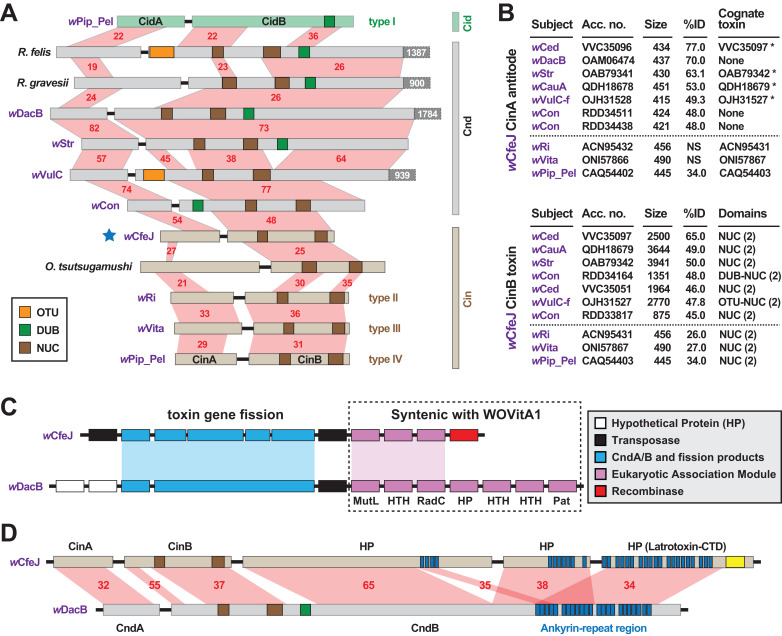Figure 3. wCfeJ lends insight on the evolution of reproductive parasitism.
(A) Comparison of known and predicted RP-inducing toxin-antidote operons of diverse rickettsial species. Light green: CidA/B of wPip_Pel (CAQ54390, CAQ54391); gray: CndA/B of pLbAR_36/38 (KHO02168, KHO02170), Rickettsia gravesii (WP_017442886, WP_024547315), wDacB (OAM06111, OAM06112), wStr (OAB79364, OAB79365), wVulC (OJH31528, OJH31527), wCon (RDD34163, RDD34164); light brown, CinA/B of wCfeJ (blue star, WP_168456002 & WP_168456001), Orientia tsutsugamushi (CAM80637, CAM80639), wRi (ACN95432, ACN95431), wVita (ONI57866, ONI57867), and wPip_Pel (CAQ54402, CAQ54403). Type I-IV CI operons of Wolbachia parasites (LePage et al., 2017) are distinguished. Protein domains as follows: green, CE clan protease; brown, PD-(D/E)XK nuclease; orange, OTU cysteine protease. Red shading and numbers indicate % identity across pairwise alignments. Proteins are drawn to scale, with additional C-terminal sequence for some CndB toxins depicted in dark gray boxes. (B) Sequence similarity profiles for wCfeJ’s CinA antidote (top) and CinA toxin (bottom). Subjects are from a Blastp search against the NCBI “Wolbachia” database. Size, amino acids. Antidotes with cognate toxins (operon partners) also recovered in searches are noted with asterisks. Top seven hits are shown, with matches (where significant) to proteins of types II-IV TA operons shown below dashed lines. Toxin domains are from our prior report or predicted newly here using the EMBL’s Simple Modular Architecture Research Tool (SMART) (Letunic & Bork, 2017). Only NUC and DUB domains are listed, though larger toxins contain many other predicted domains. (C) Comparison of wCfeJ and wDacB degraded WO prophage genomes captures streamlining of a CI-like TA operon from a Cnd operon. WO prophage coordinates: wCfeJ, WP_168455994–WP_168456003; wDacB, OAM06111–OAM06118 (LSYY01000098). Schema follows the description of the WOVitA prophage (Bordenstein & Bordenstein, 2016). (D) wCfeJ’s CinB-like toxin evolved from gene fission of a larger CndB-like toxin. NCBI protein accession numbers: wCfeJ (WP_168455999, WP_168456000, and WP_168456001); wDacB (OAM06111, OAM06112). Red shading and numbers indicate % identity across pairwise alignments. Proteins are drawn to scale; as a reference, wDacB CndB is 3707 aa.

